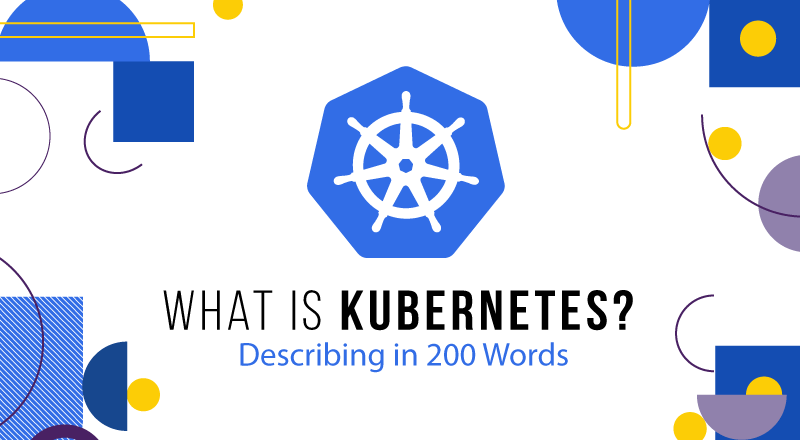


The name Kubernetes (K8s) came into existence from Greek, meaning helmsman or pilot.
Kubernetes was released as an open-source project by Google in 2014 and is now maintained by CNCF
It’s a container orchestration platform for managing container-based workloads, services, automating deployment and scaling containerized applications.
Containers package up the code and dependencies so that application can run smoothly from one environment to another, ensuring no downtime.
For easy management, discovery and speeding up the process, K8s groups the containers that constitute an application into logical units.
The overall purpose is to further abstract machines, storage, and networks away from physical implementation.
It provides a framework to run distributed systems resiliently and takes care of scaling, failover, deployment, etc.
Being portable, it can be used across on-premises, in public cloud, or both.
40% enterprises in CNCF’s biannual survey reported that they’re running Kubernetes
It rings-in new opportunities for cloud platform and empowers software developers to use architectures like microservices, serverless, etc.
Benefits:
Pokemon Go is one of the best real-world use-case showcasing the supremacy of Kubernetes.
Kubernetes is surely a winner in the era of DevOps.
A Good Read: Kubernetes in 10 minutes
SPEC INDIA is your trusted partner for AI-driven software solutions, with proven expertise in digital transformation and innovative technology services. We deliver secure, reliable, and high-quality IT solutions to clients worldwide. As an ISO/IEC 27001:2022 certified company, we follow the highest standards for data security and quality. Our team applies proven project management methods, flexible engagement models, and modern infrastructure to deliver outstanding results. With skilled professionals and years of experience, we turn ideas into impactful solutions that drive business growth.
SPEC House, Parth Complex, Near Swastik Cross Roads, Navarangpura, Ahmedabad 380009, INDIA.
This website uses cookies to ensure you get the best experience on our website. Read Spec India’s Privacy Policy